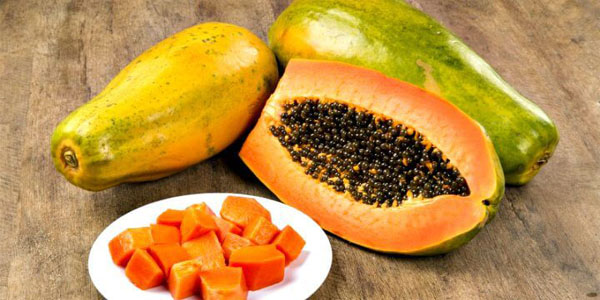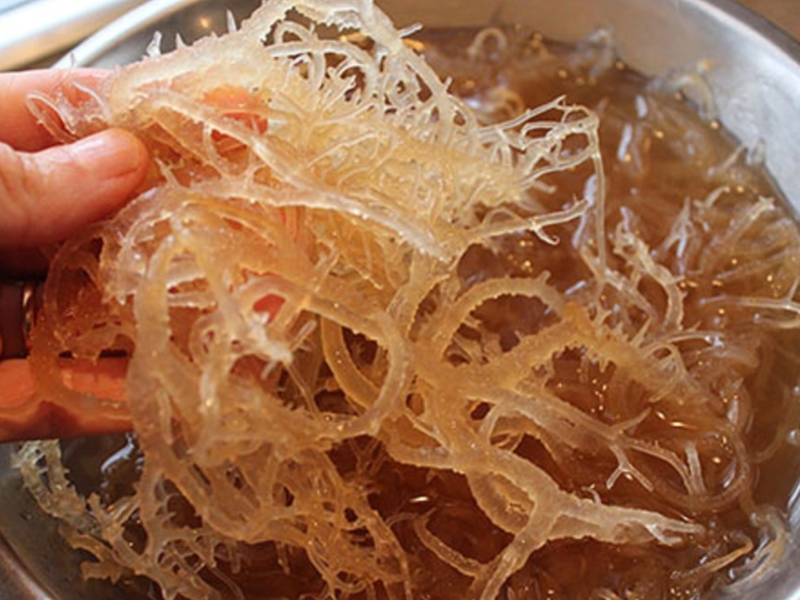Papaya is a sort of tropical fruit product with a yellow-orange shading that develops in groups and has progressively dark seeds in the center.
This fruit originates from South America and Christopher Columbus in his reported adventures called “Angel Fruits”, and Vasco De Gama “The Golden Tree of Life”.
The papaya has a charming sweet taste and is wealthy in fiber, nutrients and minerals – nutrient A (beta carotene), C, E, nutrients from the B aggregate B2 and folic corrosive, calcium, magnesium, potassium, etc. as well as a very important enzyme called papain that breaks up complex proteins to simple amino acids that are easily absorbed in the body.
The concentration of active substances varies, depending on the part of the plant. An extract of dried papaya leaves has an anticancer effect, and this is against a wide range of tumors, including cervical cancer, chest, liver, lung and pancreas. Papaya extract increases the production of the Th1 cytokine molecule. The fruit can be eaten fresh and dried fruit. It can be cooked as vegetables. A rich source of vitamins A and C and calcium, improves digestion and protects the immune system.
Milk juice from this plant is utilized to treat skin maladies, intestinal parasites, clogging and detoxification of the stomach related framework. It is good as a natural remedy for relaxing muscles. This milk juice is also used to treat asthma, nerve diseases, but also as an antioxidant. Seeds are commonly used as a spice, because they have a pepper-like taste. The flower is utilized to treat jaundice and as a methods against parasites. Whenever utilized as coordinated, the papaya has no symptoms. Yet, incredible in focus causes barrenness. The leaves and underlying foundations of papaya contain glycosides that shape cyanide, and the leaves contain tannin. On the off chance that the two mixes are taken in expansive amounts, they may cause symptoms.
You are more interested: 5 Green Vegetables That Are Better To Consume For Better Health



